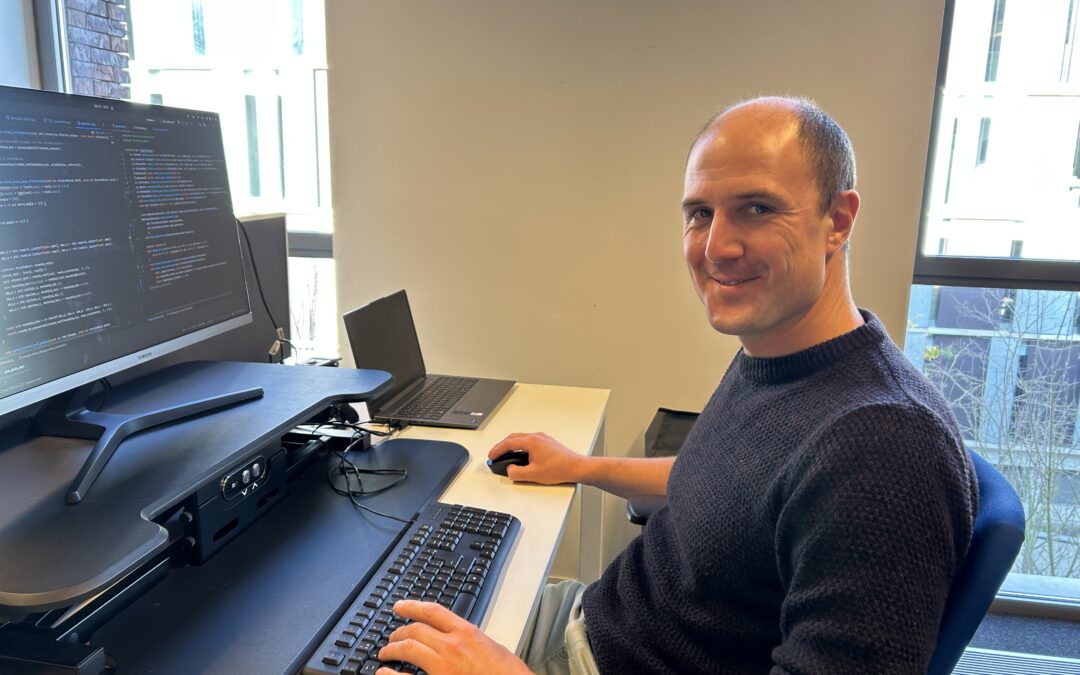
We’re happy to welcome Pierre Barnabé in the R&D team of Jan Olbrechts. Pierre is an engineer from the University of Liège with a strong background in mining, geology, and applied research. He has extensive experience in software development (C++, Python, Matlab) and high-tech fields like hyperspectral vision and automation.
With a passion for machine learning, AI, and innovation, Pierre thrives in challenging environments that require both technical expertise and teamwork. Pierre’s commitment to continuous learning and his drive for impactful solutions make him a valuable asset to Essensium.
Let’s find out more about his role in the R&D team/engineering team and discover also something about Pierre’s life outside work.
- Can you tell us a bit about your responsibilities?
The EPS is at the core of the technologies enabling the Essensium Safetrack solution. It relies on a very smart combination of features that are tracked by the multiple sensors of the EPS devices.
Amongst those features, the detection and accurate localization of ceiling lights present in the warehouse is a very valuable information that helps to drastically narrow down expected positions of the vehicle in real-time
I’m mainly responsible for developing, maintaining and improving the computer vision algorithms used to detect those lights, while understanding their practical implications in the positioning process.
- What’s the best thing about your job?
I find the technology developed by Essensium absolutely compelling, and the team behind it brillant. I also really enjoy the challenges it brings. Each day, I have the opportunity to grow and learn, tapping into my creativity as I seek innovative solutions to complex problems. It makes me feel incredibly fortunate. Every day feels like solving a new puzzle that demands both creativity and discipline, and the satisfaction of continuously improving our product is very rewarding.
Finally, I should mention that we are given a lot of trust, flexibility, and support in the R&D process, which is precious to me, and, I think, an excellent context to do the job the best we can.
- What are the biggest challenges in your work?
While our customers base is growing and the variety (and potential complexity) of the monitored sites is increasing, it is critical to identify how to refine the light detection algorithms while, also, keeping them simple enough to generalize well on any new case. Keeping a good balance between the capability to address complex scenarios, while having a powerful generalistic algorithm pipeline is a big challenge in itself.
- Which things are on your bucket list – what do you absolutely want to have done?
I’m eager to bring even more automation tools when it comes to testing our algorithms and codebase in general. I think automating testing and integration pipelines is a key aspect to be able to grow a software base safely, while getting lots of insights while integrating new features, smarter algorithms, new AI models, etc. The goal would be to make it (even more) effortless to confront new versions of the software with the variety of use-cases we already handle today.

